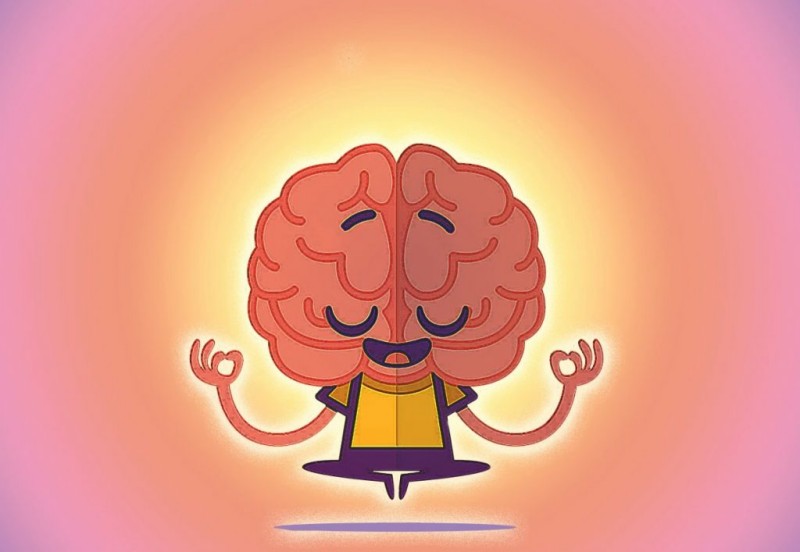In the realm of alternative medicine, cupping therapy has emerged as a popular treatment for various health conditions. But what is the real evidence behind cupping therapy? This article delves into the scientific and anecdotal evidence surrounding this ancient technique, offering insights into its effectiveness and potential benefits for wellness, beauty, health, and weight management.
Cupping therapy is a form of traditional medicine that involves creating suction on the skin using cups. Originating from Eastern cultures, this practice has been used for centuries to alleviate pain, improve circulation, and promote relaxation. In recent years, it has gained traction in Western societies, with celebrities and athletes endorsing its perceived benefits. However, the question remains: is there solid evidence to back up these claims?
A 2020 review published in the Journal of Alternative and Complementary Medicine analyzed 139 clinical trials on cupping therapy. It concluded that the therapy could potentially alleviate chronic pain conditions, including lower back pain and osteoarthritis. However, the authors emphasized the need for more rigorous trials to confirm these findings.
There’s also intriguing evidence pointing to cupping therapy’s role in enhancing beauty and skin health. A 2024 study from the Journal of Nutritional Health found that participants who underwent facial cupping therapy reported improved skin elasticity and reduced signs of aging. This could be attributed to the increased blood circulation, which nourishes the skin cells and promotes collagen production.
While cupping therapy is frequently associated with weight management, the scientific evidence is less robust. Some proponents argue that it helps detoxify the body and boost metabolism, leading to weight loss. However, these claims lack substantial scientific backing. If you’re considering cupping therapy for weight management, it’s essential to approach it as a complementary treatment and not a standalone solution. Regular exercise and a balanced diet remain the most effective strategies for weight control.
Despite the promising evidence, it’s important to note that cupping therapy doesn’t come without risks. Possible side effects include discomfort during the procedure, skin irritation, and temporary bruising. It’s crucial to seek treatment from a trained professional to minimize these risks.
As we delve into the evidence behind cupping therapy, it’s apparent that while it shows potential, more rigorous scientific research is needed. It may serve as a complementary treatment for certain conditions, but it should not replace conventional medical care. If you’re interested in trying cupping therapy, consult with a healthcare professional to discuss its potential benefits and risks.
As the saying goes, “knowledge is power.” By understanding the evidence behind cupping therapy, you can make informed decisions about your health and wellness journey.












 : eval()'d code(1) : eval()'d code(1) : eval()'d code(1) : eval()'d code</b> on line <b>2</b><br />
https://mindbodyfuell.com/wp-content/themes/baobao/default.jpg)
